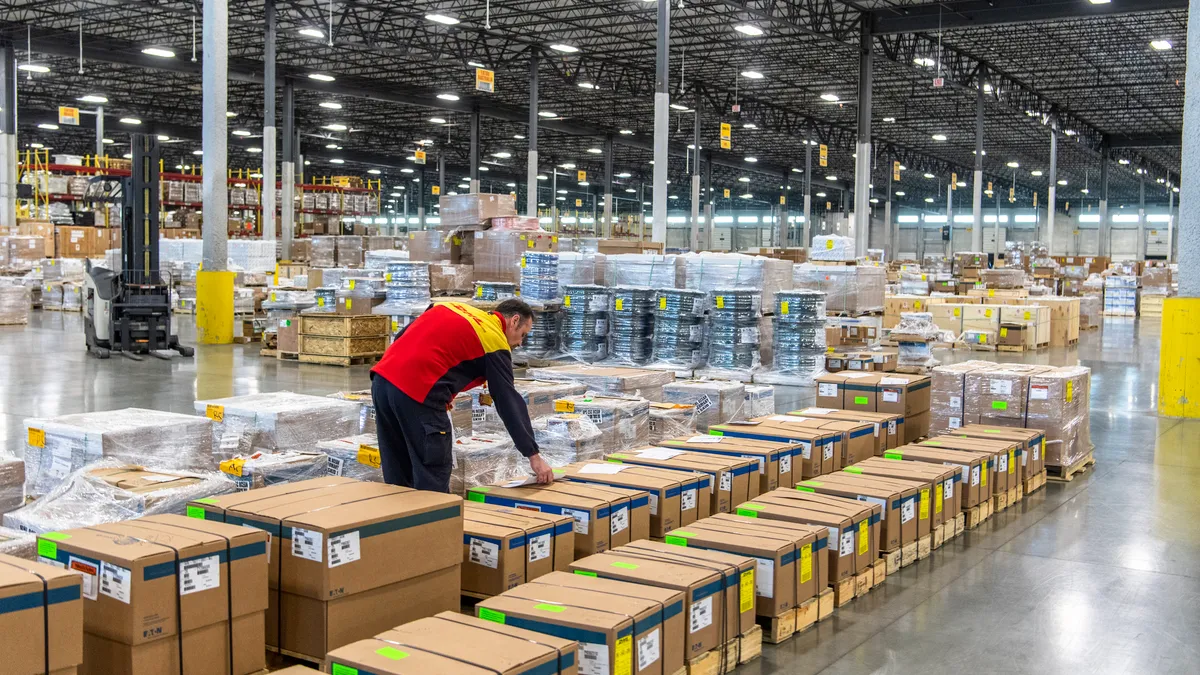Dive Brief:
- Supply and demand for industrial warehouse space will increase in lockstep through 2021 as North American square footage dedicated to warehousing increases, but vacancy rates hold at roughly 5%, predicted Cushman & Wakefield in a report released Friday.
- In 2019, industrial real estate supply caught up with booming demand created by the swift expansion of e-commerce, reversing a nine-year trend of undersupply. Cushman & Wakefield pegs North American vacancy at 4.6% for the whole of 2019.
- Last-mile and in-fill spaces and multi-story warehouses near population centers will be the most in-demand formats, according to the report, since demand for faster e-commerce order fulfillment necessitates staging inventory closer to consumers.
Dive Insight:
Warehouse vacancies reached record lows in 2018 and 2019, driven by a decade of steady consumer spending and the shift of that spending online. The projected uptick in available space is due to enthusiastic investor response to that demand, with 2019 breaking the North American record for square footage under construction. Steady demand coupled with new supply will bring about a looser market, said Cushman & Wakefield.

"Industrial has been the investors’ darling in recent years, and there is no indication of this love affair coming to an end any time soon," read the report.
Investor attention can be good for shippers in that the perceived growth opportunity will keep construction steady. The somewhat looser market could mean renters will have more choice and rent growth may slow.
Cushman & Wakefield predicts a 6.8% rise in industrial rents by the end of 2021, bringing average prices between the U.S., Canada and Mexico to $6.95 per square foot. Las Vegas; Providence, Rhode Island; and Boston, along with several Canadian cities, will see rent hikes more in the 10% to 12% range, according to the report. These cities will experience either constrained supply or population growth above the norm, making close proximity increasingly desirable to shippers wishing to meet demand for two, one and same-day fulfillment.
Policy — fiscal, monetary and trade — remains the wildcard in the next two years as business sentiment is dependent on trade deals, tariff policy and a growing perception of slowing in economic momentum worldwide.
" An increasing number of industries have pulled back on investment as they transition to 'wait and see' mode," said the report, which calls out the upcoming presidential election as another driver for this tentative posture.














